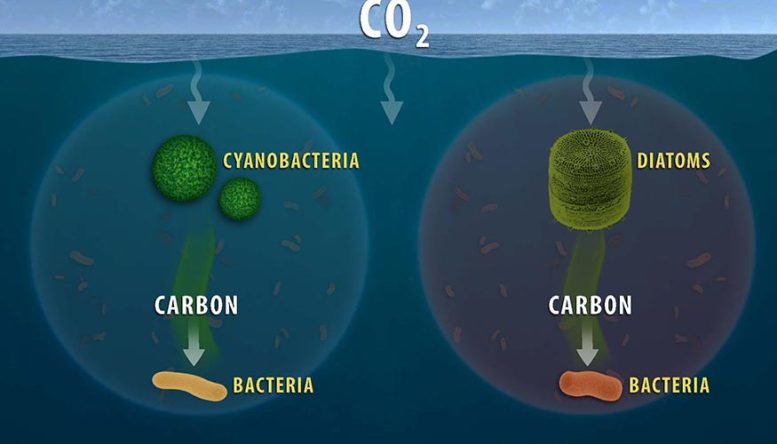
The study investigates how marine bacteria are adapted to consume the carbon produced by the two major types of photosynthetic phytoplankton in the oceans (diatoms and cyanobacteria), which has implications for our understanding of carbon sequestration in the current and future oceans. Credit: Michelle Zatcoff
Marine-dissolved organic matter, which originates from phytoplankton, holds as much carbon as Earth’s atmosphere, yet the biological processes governing its fate are primarily studied under idealized laboratory conditions or through indirect measures such as genome sequencing.
In new research by a Lawrence Livermore National Laboratory (LLNL) scientist and collaborators at Oregon State University and Oak Ridge National Laboratory, the team used a relatively new technique to directly quantify the uptake of complex carbon pools from the two primary sources of marine organic carbon (diatoms and cyanobacteria) by a natural microbial community. The work appears in the Proceedings of the National Academy of Sciences.
The research is an important step toward ultimately forecasting how much carbon will leave the ocean and wind up in the atmosphere and how much will end up entombed in marine sediments.
“We provide functional insights into the activity of microbes during marine phytoplankton blooms,” said Xavier Mayali, LLNL scientist and a co-author of the study.
“Our research shows that different species of microbes in the ocean are very particular, yet predictable in the food sources they prefer to consume,” said Ryan Mueller, associate professor in OSU’s Department of Microbiology and the leader of the study. “As global climate change continues to alter oceanic environments at a rapid pace, the availability of food sources for microbes also will change, ultimately favoring certain types over others.”
Phytoplankton are microscopic organisms at the base of the ocean’s food chain and a key component of a critical biological carbon pump. Most float in the upper part of the ocean, where sunlight can easily reach them.
The tiny plants have a big effect on the levels of carbon dioxide in the atmosphere by sucking it up during photosynthesis. It’s a natural sink and one of the primary ways that CO2, the most abundant greenhouse gas, is scrubbed from the atmosphere; atmospheric CO2 has increased 40 percent since the dawn of the industrial age, contributing heavily to a warming planet.
The surface ocean stores nearly as much carbon as exists in the atmosphere as carbon dioxide. As the ocean pulls in atmospheric carbon dioxide, phytoplankton use the CO2 and sunlight for photosynthesis: They convert them into sugars the cells can use for energy, producing oxygen in the process. This carbon is eventually used by other microbes and higher organisms of the marine food web and can eventually be converted back to atmospheric CO2 through respiration or sink to the bottom of the ocean as they die.
The team used stable isotope labeling to track carbon as it made its way into the organic matter produced by phytoplankton and, ultimately, the microbes that consume it.
The team used those isotopes to tell which organisms were eating diatoms and which were consuming cyanobacteria. The researchers also could tell when the consumption was happening — for example, at times the phytoplankton cells are slowly excreting the carbon (through a process called exudation) or when they are being burst open (a process called cell lysis).
“Our findings have important implications for understanding how marine microbes and photosynthetic algae function together to impact global carbon cycling and how this oceanic food web may respond to continued environmental change,” said Brandon Kieft, a Mueller graduate student now at the University of British Columbia. “This will help us predict how much carbon will go back into the atmosphere and how much will be buried in marine sediments for centuries.”
Reference: “Phytoplankton exudates and lysates support distinct microbial consortia with specialized metabolic and ecophysiological traits” by Brandon Kieft, Zhou Li, Samuel Bryson, Robert L. Hettich, Chongle Pan, Xavier Mayali and Ryan S. Mueller, 7 October 2021, Proceedings of the National Academy of Sciences.
DOI: 10.1073/pnas.2101178118
The research was funded by the Gordon and Betty Moore Foundation Marine Biology Initiative.

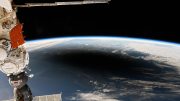

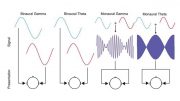
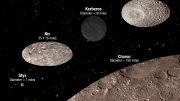
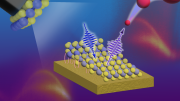
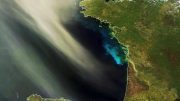

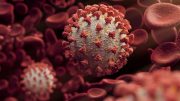
Be the first to comment on "Marine Carbon Sequestration: New Research Delves Into Fate of Ocean Carbon"